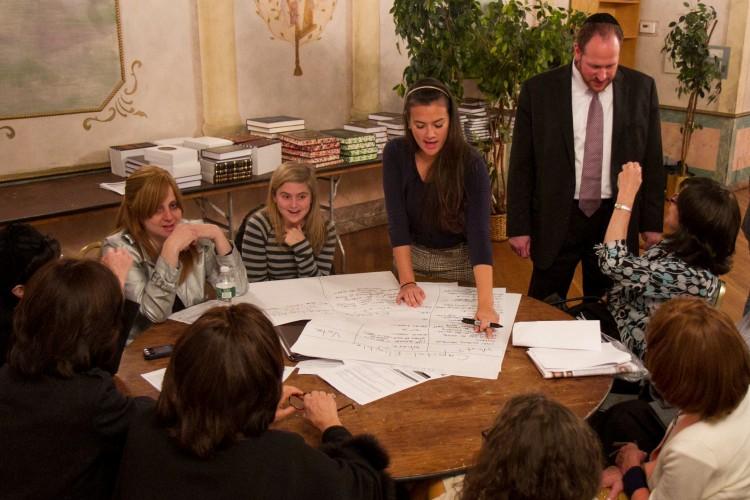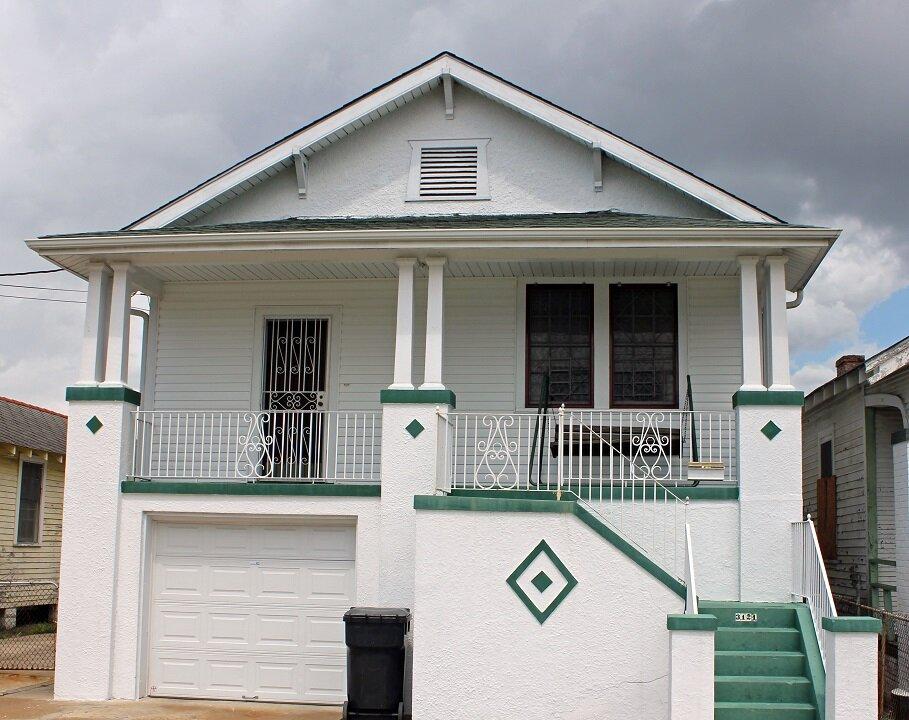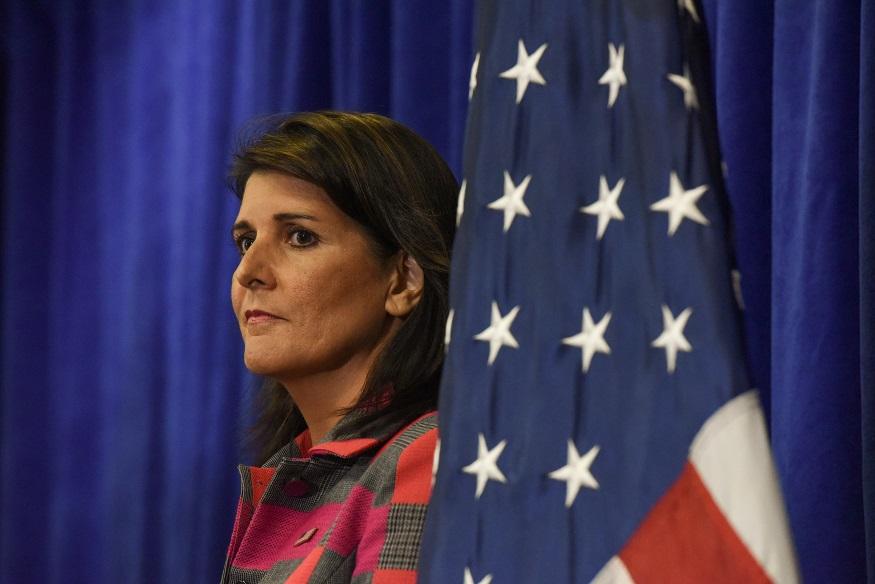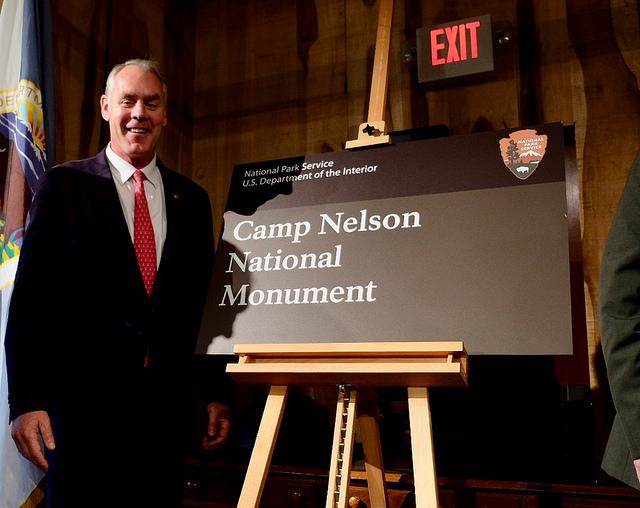NEW YORK—Each year City Council members are given millions of dollars in discretionary money to be spent on improvements specific to their districts.
This year eight council members—including four who participated last year—have elected to give the power to the people on how at least $1 million of their discretionary dollars will be spent, through a process called participatory budgeting (PB).
“A lot of times you come to meetings and make suggestions, but you really will have a significant say in this. This is not hypothetical,” Councilman David Greenfield assured approximately 30 people who showed up to the first PB meeting in Borough Park, Brooklyn, last Thursday. “This is a million dollars I have committed, that will be spent, and it will be spent by you.”
Councilman Greenfield, a staunch supporter of transparency in government funding, will be undertaking PB for the first time this year after watching the process closely during its inaugural year in New York City last year.
“The reason we waited a year was because we wanted to make sure this system works for us, especially considering it is a lot of money in play,” Greenfield said.







